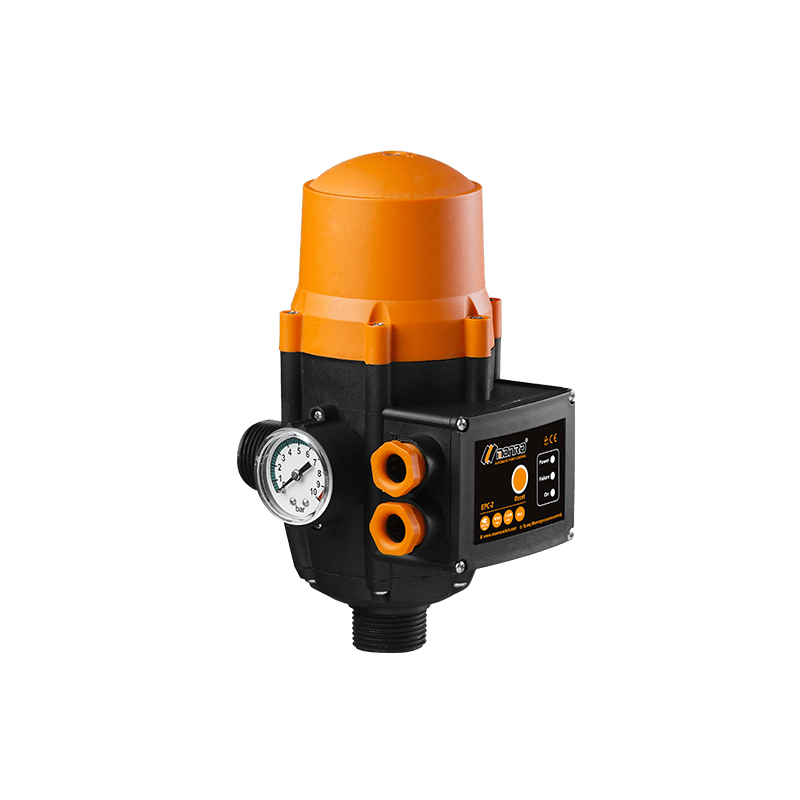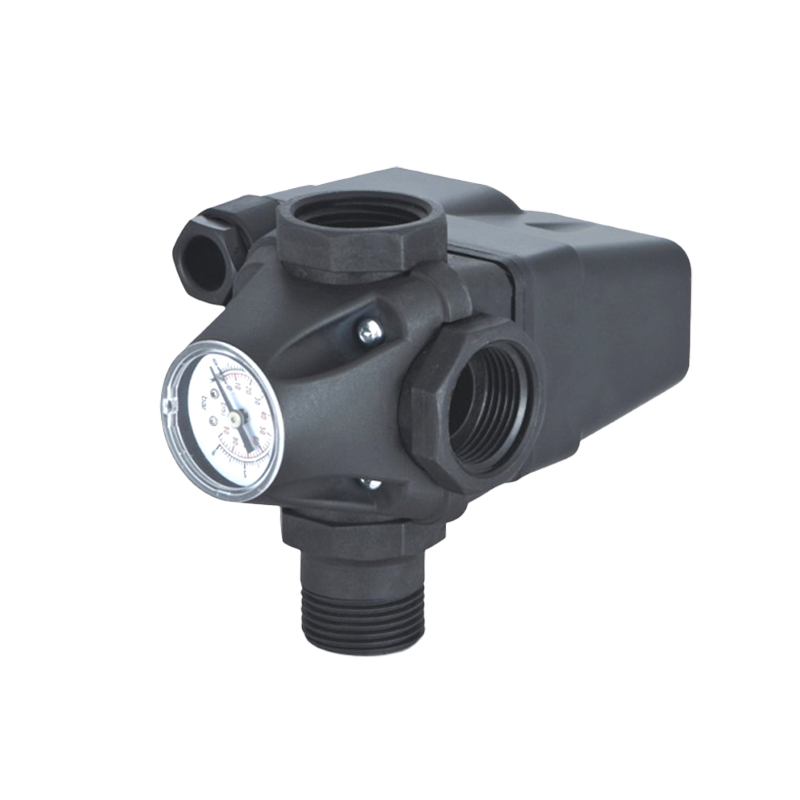Don't hesitate to send a message
Web Menu
Product Search
Exit Menu
Enhancing Pump Efficiency with Level Switches and Float Switches
In the realm of fluid management systems, maintaining good fluid levels is critical for ensuring efficient pump operation and preventing equipment damage. Level switches and float switches are essential components that play key roles in monitoring and controlling fluid levels in various applications. By accurately detecting changes in fluid levels and activating pumps or alarms accordingly, these switches contribute to pump efficiency and system reliability.
Level Switches: Precise Fluid Level Monitoring
Level switches are devices used to detect and monitor the level of liquids, solids, or powders within tanks, vessels, or reservoirs. These switches are equipped with sensors or probes that measure the height of the fluid and trigger a response when the level reaches a predetermined threshold.
Pump Activation:
One of the primary functions of level switches is to activate pumps when the fluid level falls below a certain point, indicating the need for replenishment or repressurization. By initiating pump operation at the right time, level switches ensure continuous fluid supply and prevent pump downtime or dry running.
Alarm Signaling:
In addition to pump activation, level switches also serve as alarm systems to alert operators of abnormal fluid levels or potential equipment failures. When the fluid level exceeds or falls below predetermined limits, the switch triggers an alarm signal, prompting operators to take corrective action and prevent costly damage or downtime.
Versatility:
Level switches are available in various designs and configurations to suit different applications and fluid types. Whether used in water treatment plants, industrial processes, or HVAC systems, these switches offer versatility and reliability in monitoring fluid levels and controlling pump operation.
Float Switches: Reliable Fluid Level Control
Float switches are specialized devices that use buoyant floats to detect fluid levels and activate electrical switches accordingly. These switches consist of a float attached to a lever arm, which actuates a switch mechanism when the fluid level rises or falls.
Pump Control:
Float switches play a crucial role in controlling pump operation by activating or deactivating pumps based on fluid levels. When the fluid level rises, the float rises with it, triggering the switch to activate the pump. Conversely, when the fluid level drops, the float descends, signaling the switch to deactivate the pump.
Simple Design:
One of the key advantages of float switches is their simple and robust design, which makes them easy to install, operate, and maintain. With no complex electronics or moving parts, float switches offer reliable fluid level control without the need for frequent calibration or adjustment.
Wide Application:
Float switches find applications in a wide range of industries and settings, including wastewater management, sump pumps, and water tanks. Their versatility and reliability make them indispensable for maintaining good fluid levels and preventing overflow or equipment damage.
Pump Float Switches: Optimizing Pump Performance
Pump float switches, also known as pump control floats, are specialized float switches designed specifically for controlling pump operation in water and wastewater systems. These switches are engineered to withstand harsh operating conditions and provide precise fluid level control.
Pump Activation and Deactivation:
Pump float switches precisely control pump operation by activating the pump when the fluid level rises above a certain point and deactivating it when the level falls below the set threshold. This ensures efficient pump cycling and prevents overflows or dry running.
Durability:
Pump float switches are constructed from durable materials such as stainless steel or corrosion-resistant plastics, making them suitable for use in demanding environments. Their rugged construction ensures reliable performance and long service life, even in harsh or corrosive fluids.
Integration with Control Systems:
Many pump float switches feature integration capabilities, allowing them to interface with control systems or PLCs for automated pump control. This enables remote monitoring, data logging, and advanced control functions, enhancing overall system efficiency and reliability.
The level switches and float switches are indispensable components in fluid management systems, providing precise fluid level monitoring and control to optimize pump efficiency and prevent equipment damage. Whether used in water treatment plants, industrial processes, or residential applications, these switches play critical roles in ensuring reliable fluid supply and maintaining system integrity.
-
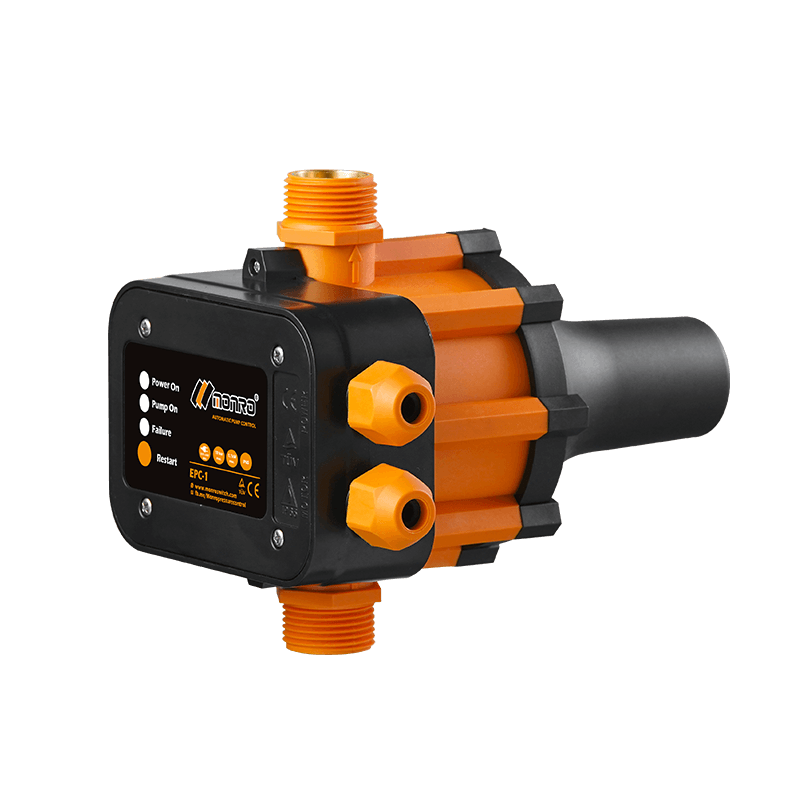 EPC-1
EPC-1Monro EPC-1 model pump controller is the classic and basic type, was loved by user in the global mar...
-
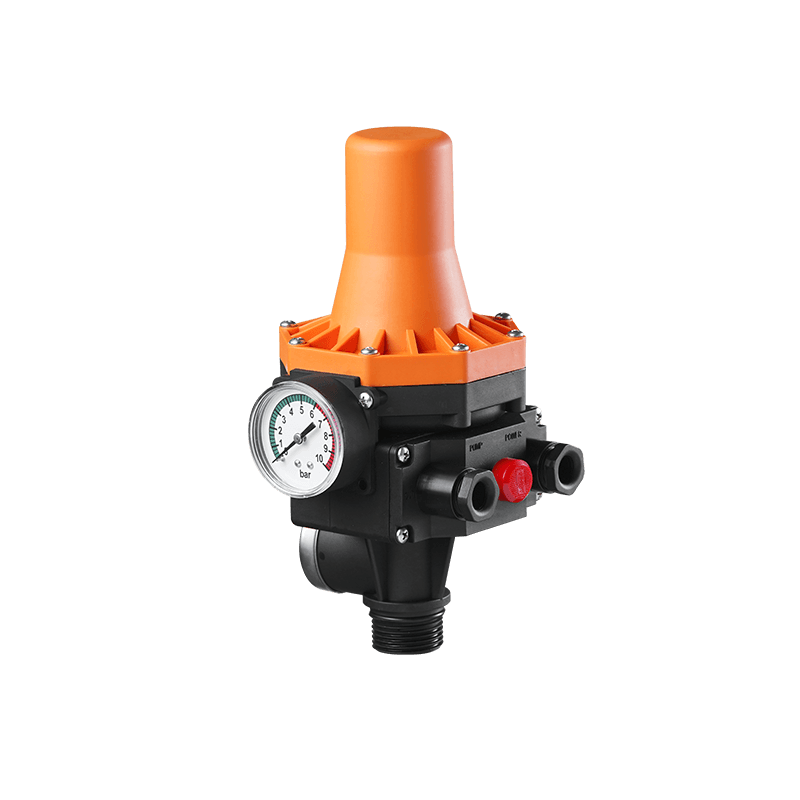 EPC-3
EPC-3Monro EPC-3 spain design auto on and off press control, an intelligent and economical system designe...
-
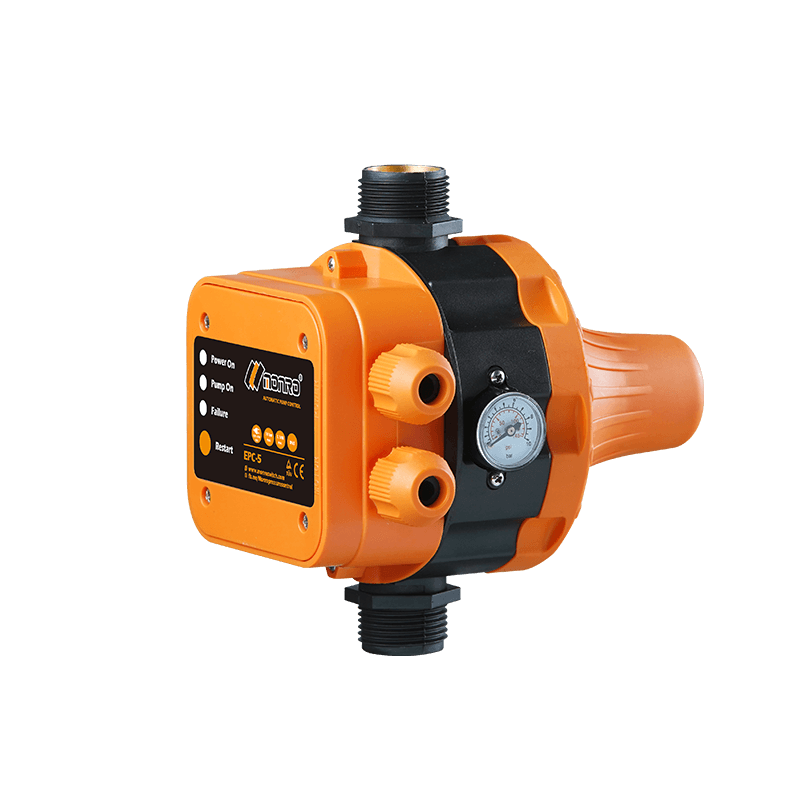 EPC-5
EPC-5Monro EPC-5 model automatic pump control, a device which assembled on the water pump (recommended si...
-
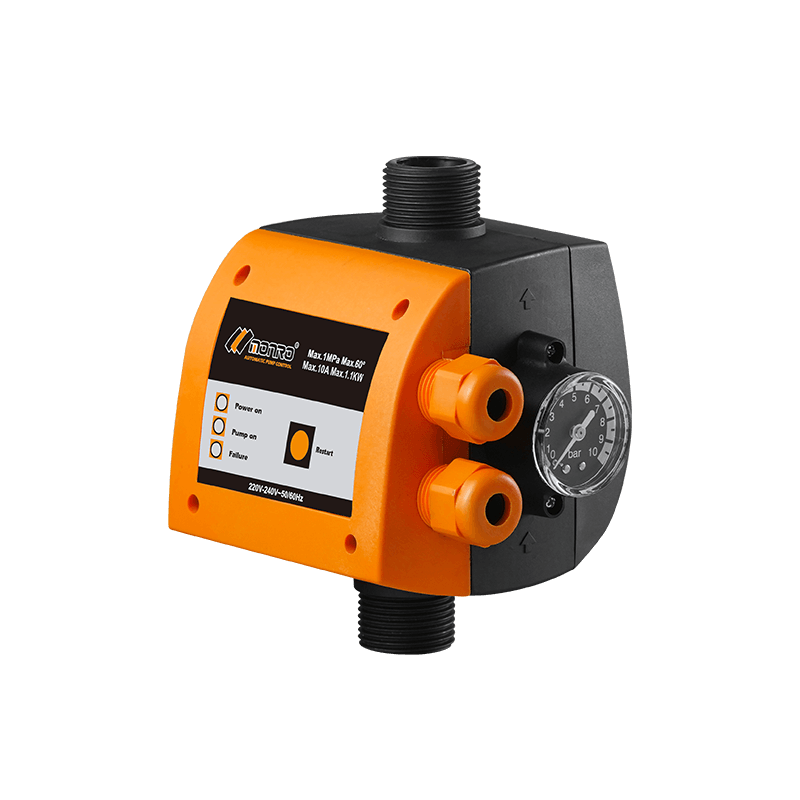 EPC-9
EPC-9Monro EPC-9 model pressure controller, is a big power device for automatic control and protection of...
-
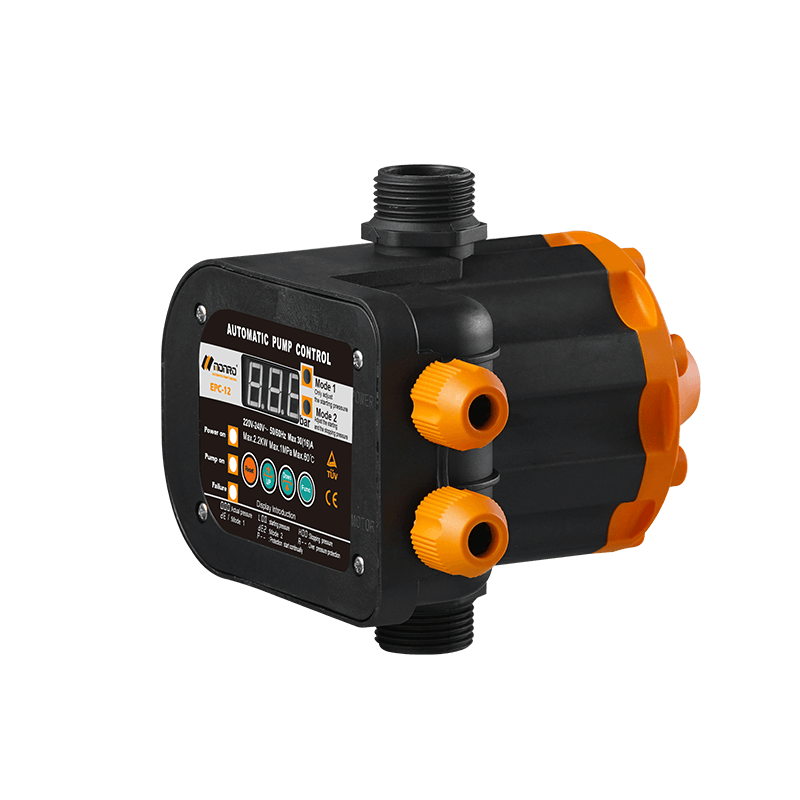 EPC-12
EPC-12Monro EPC-12 smart top-level automatic pump control is a multi-function model combined with traditio...
-
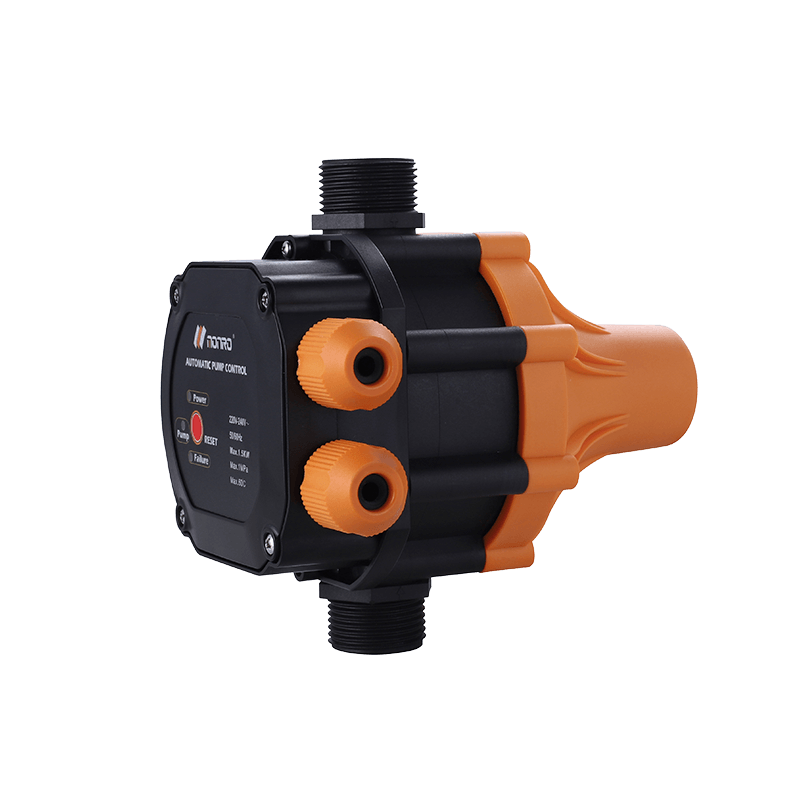 EPC-14
EPC-14Monro EPC-14 model pressure control is a big power device for automatic control and protection of el...
-
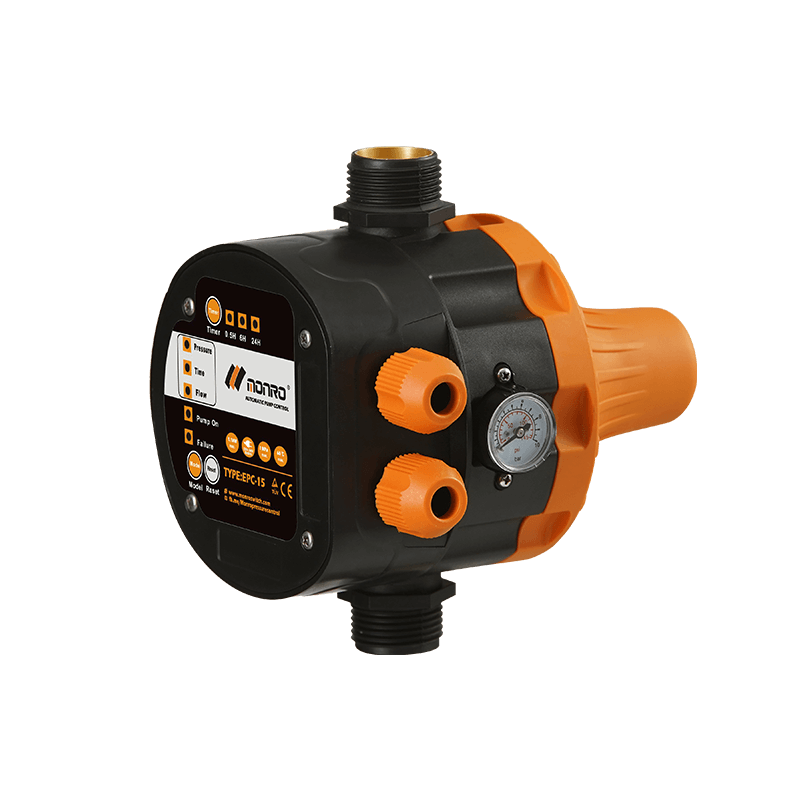 EPC-15
EPC-15Monro EPC-15 model automatic pump control, a device which assembled on the water pump (recommended s...
-
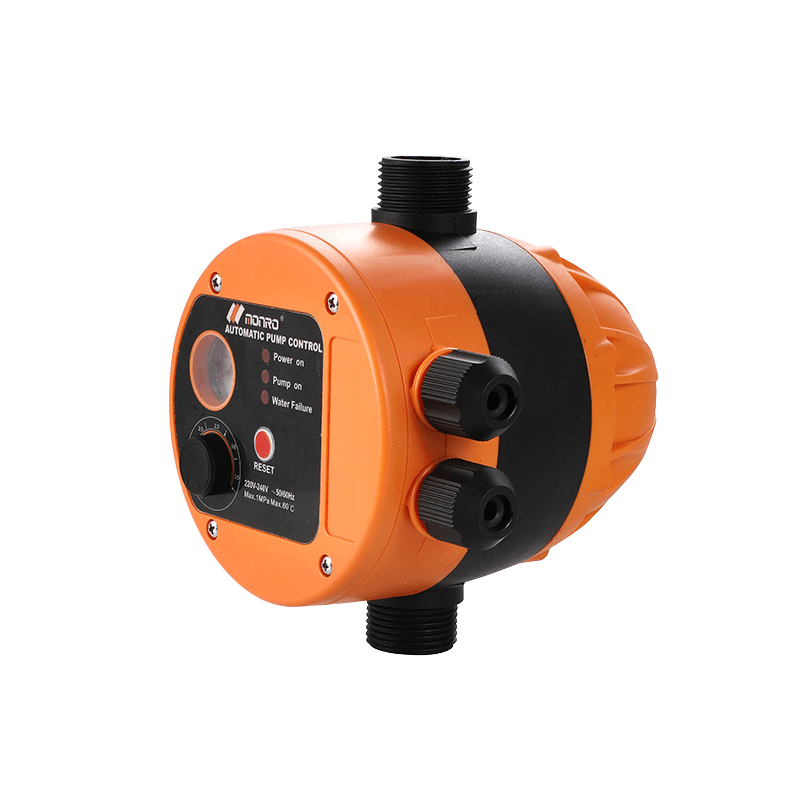 EPC-16
EPC-16EPC-16 is the new patent pump controller by Monro. Its key highlight is tooless (manual knob) start...
find our office
Committed to providing professional pressure control solutions for various types of water pumps and air compressors.

 简体中文
简体中文 English
English Español
Español